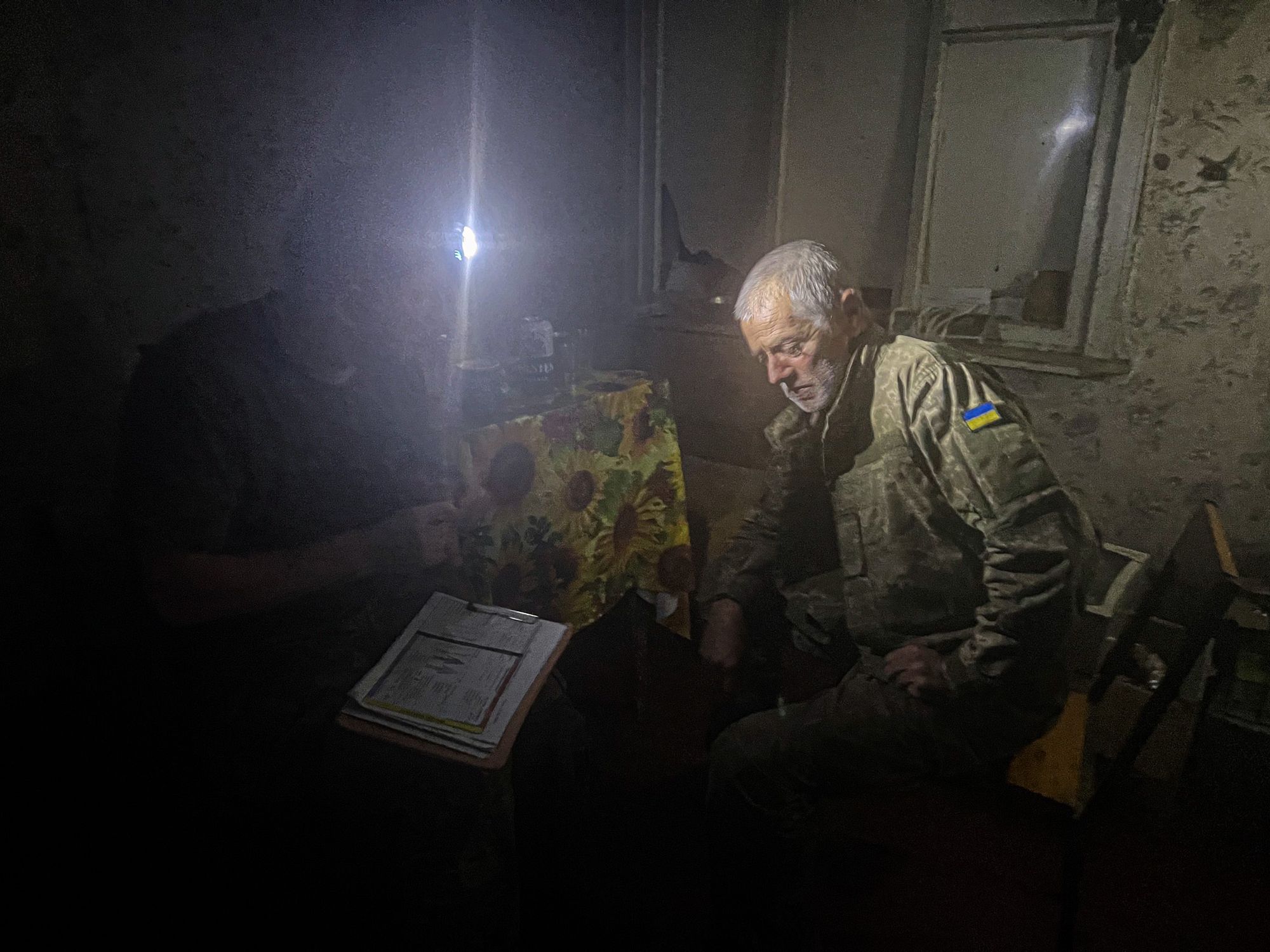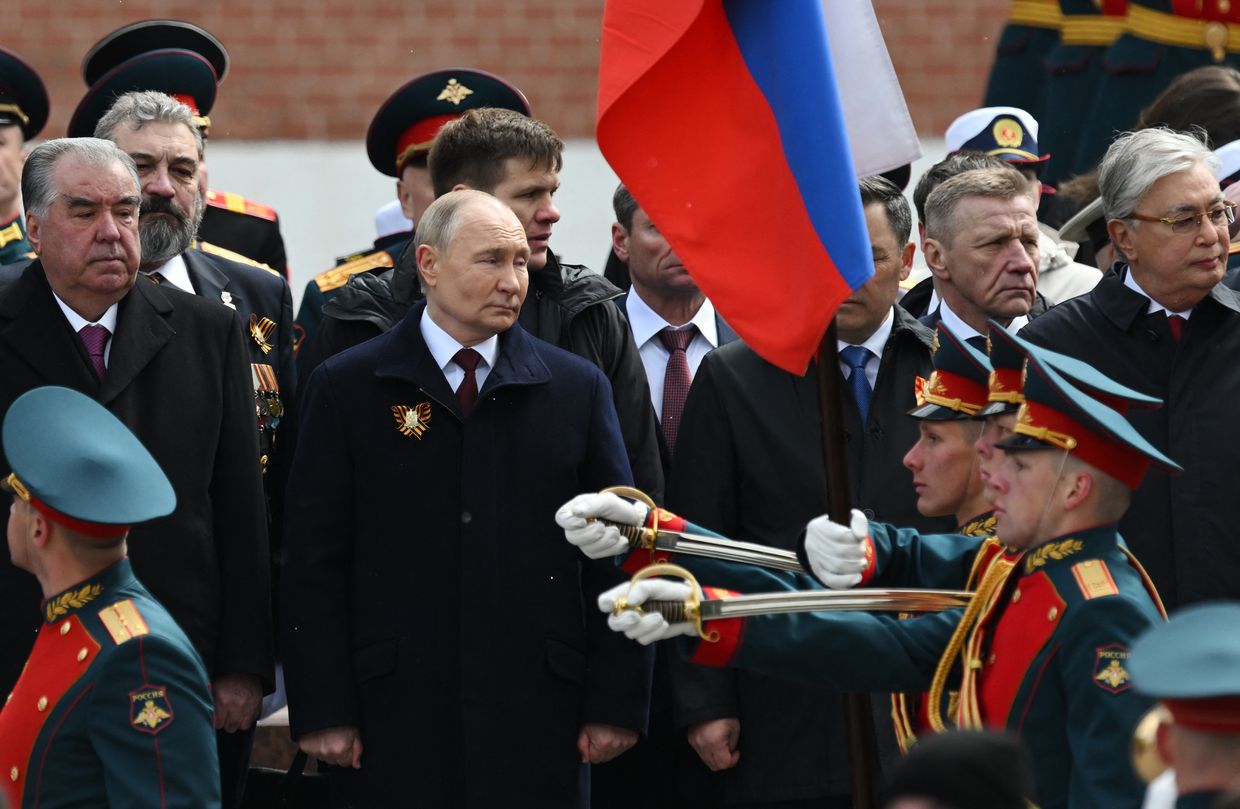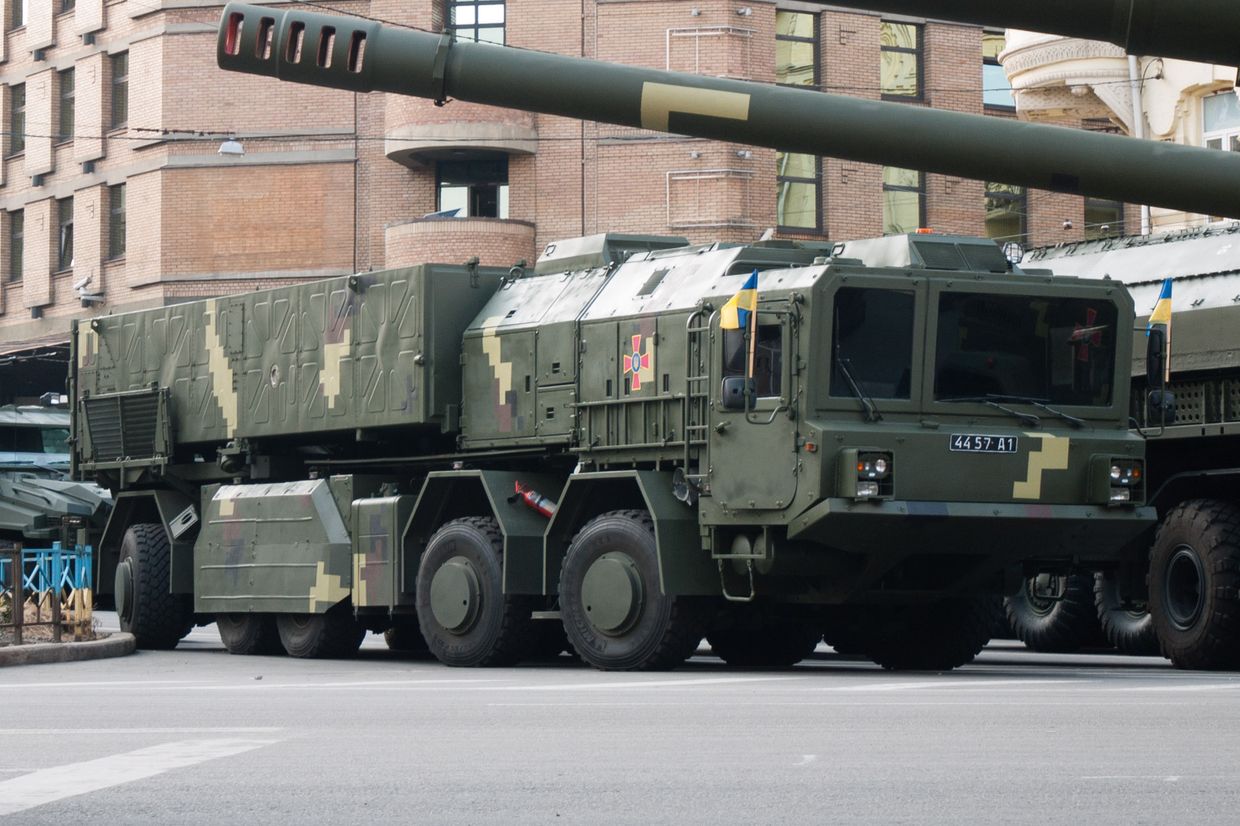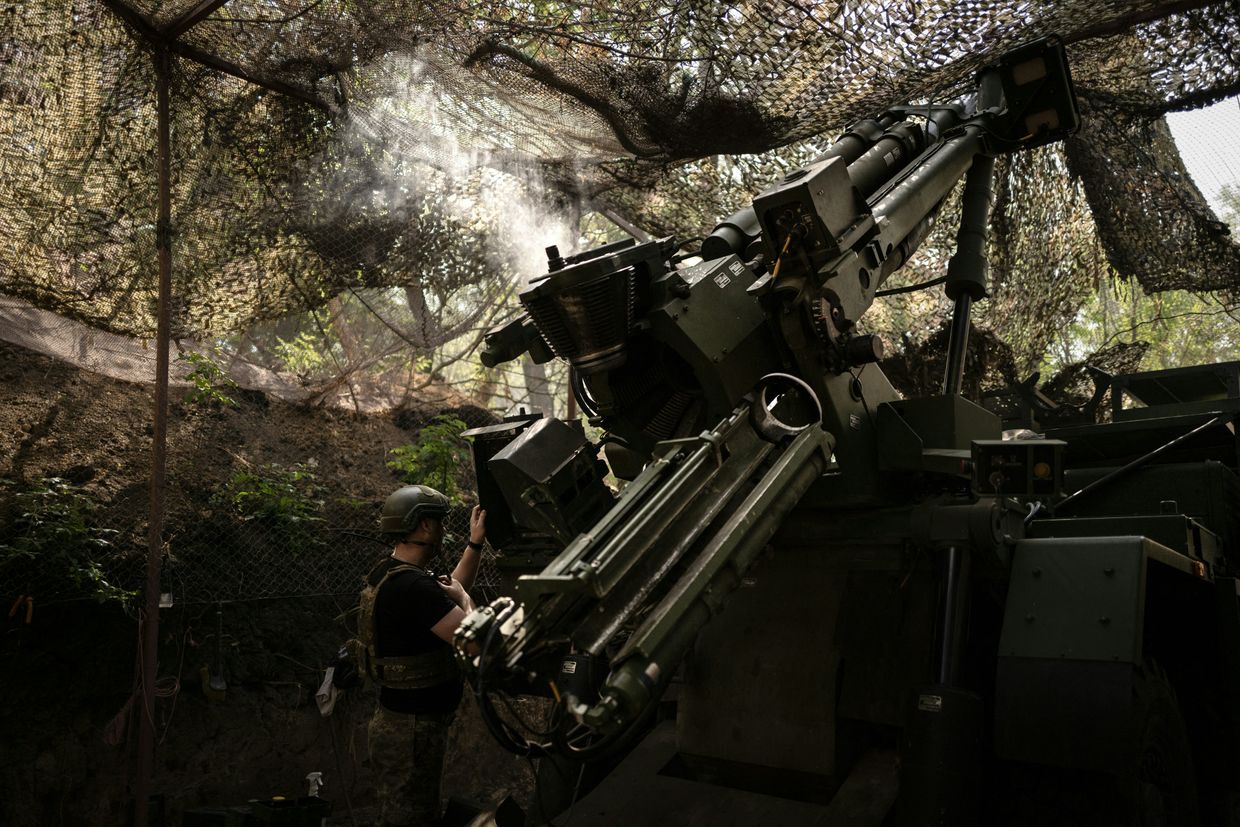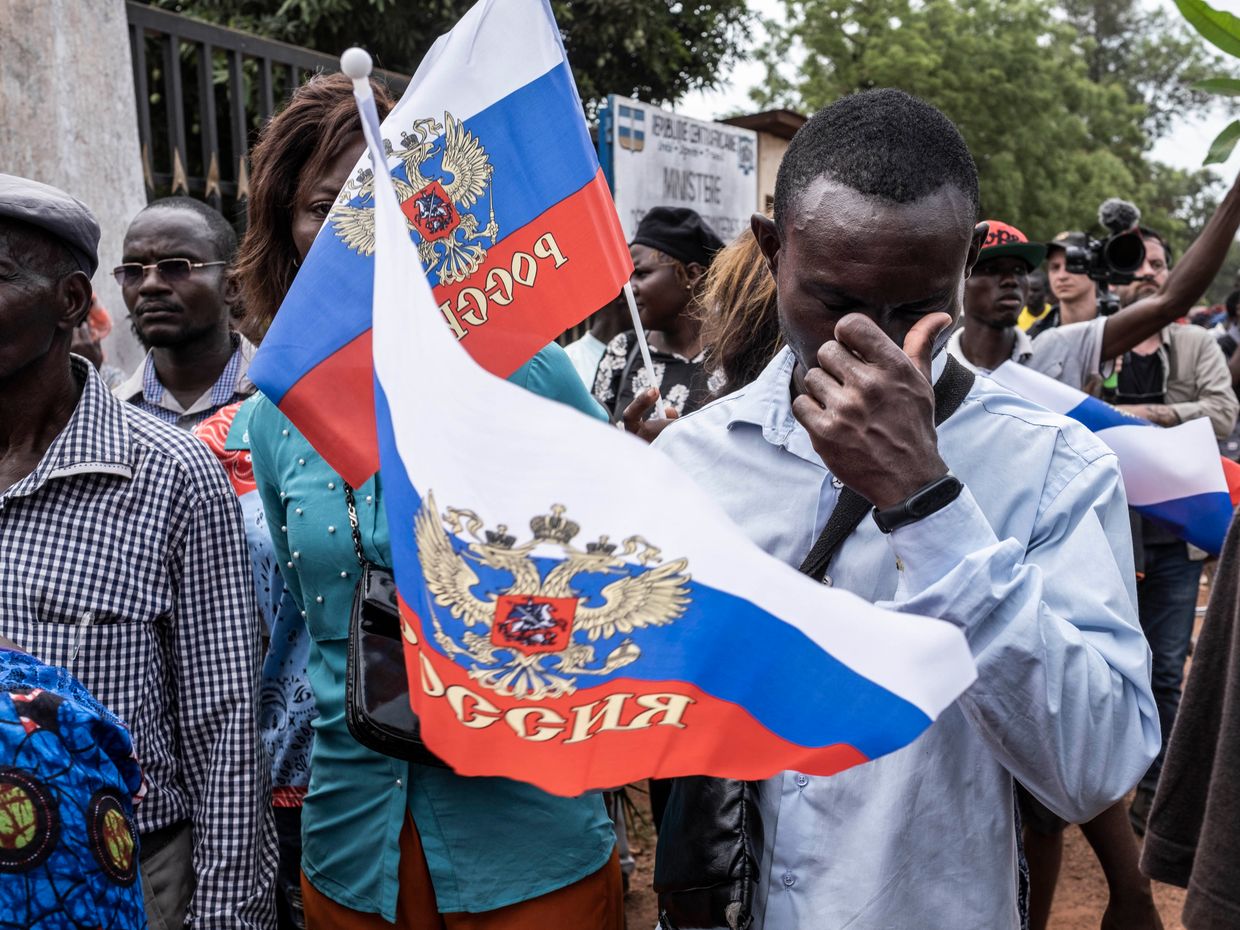Editor’s note: The Kyiv Independent is not disclosing the full names or deployed positions of the Ukrainian soldiers interviewed in the story due to security concerns amid the ongoing war.
Donetsk Oblast – The narrow, partly destroyed road through the Serebrianskyi Forest in the northern part of Donetsk Oblast is constantly targeted by Russian artillery, tank, mortar, and rocket fire.
The road is one of the very few pathways Ukrainian troops can still use to reach their front-line positions near the Russian-occupied town of Kreminna on the Lyman axis.
"The fire is so dense that if they wanted to, they could hit everything," said Vitaly, a 27-year-old acting platoon commander with the 63rd Separate Mechanized Brigade, while driving to the front-line position through the forest. "They are throwing all they have at us."
For Ukrainian troops near Kreminna, the task is to hold on to positions as long as possible while hoping their comrades deliver results on other axes where the Ukrainian counteroffensive is ongoing.
Here, just a few hundred meters away, Russian forces are on the offensive. And they are intensifying their artillery fire and approaching Ukrainian positions, according to soldiers on the spot.
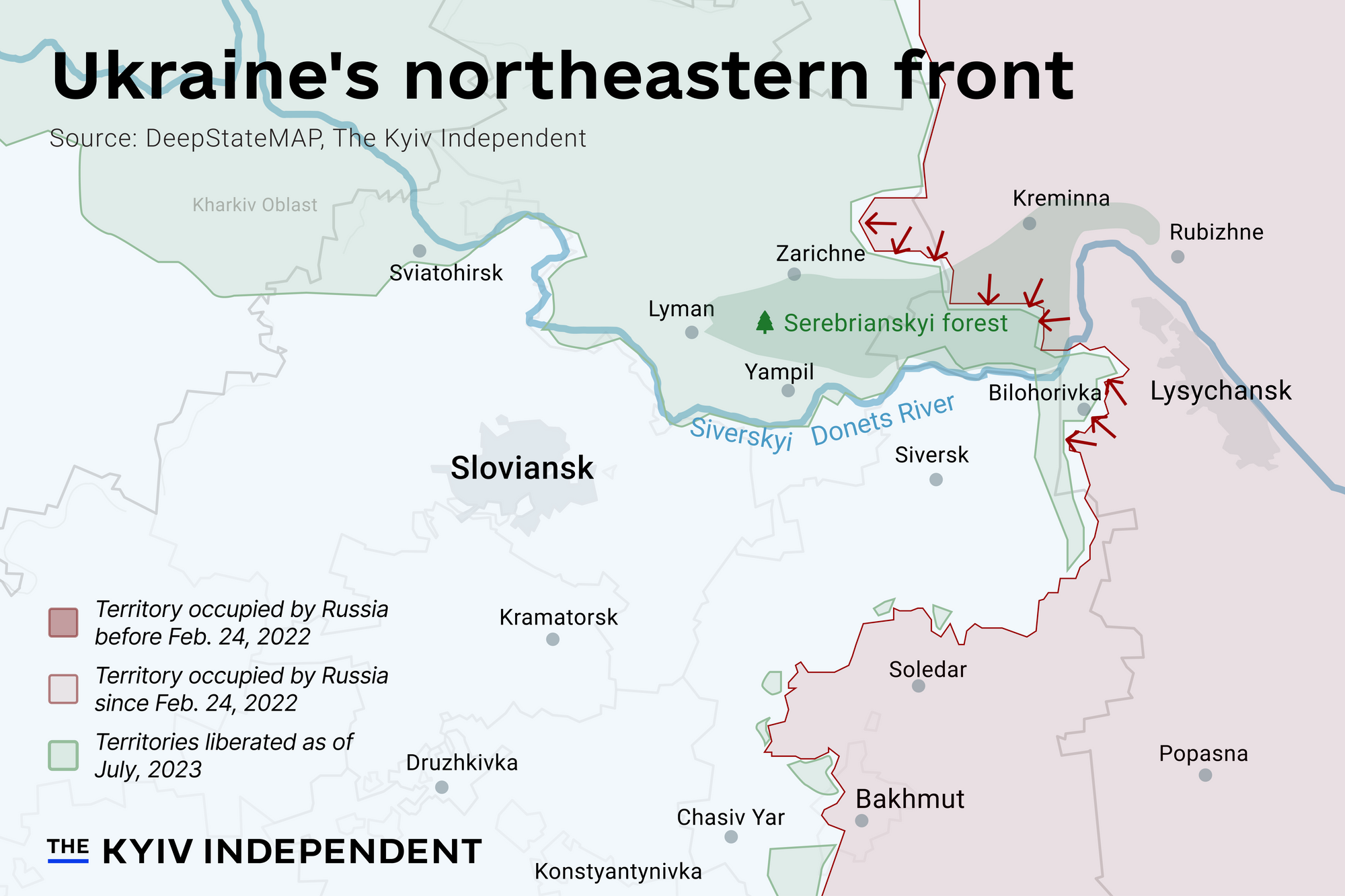
Soldiers who spoke with the Kyiv Independent said that despite constant assaults, Russian troops have only advanced about 500 meters over the past two months – the distance of roughly five football fields.
It's a push and pull, the soldiers say. The Russians are always looking for weak points.
Russians have been amassing forces in the northeast over the recent weeks, with the Ukrainian military reporting that Moscow has gathered over 100,000 personnel, more than 900 tanks, 555 artillery systems, and 370 rocket systems in the northeastern Lyman-Kupiansk direction.
The soldiers with the 63rd brigade, stationed here, say it has been a challenge to hold on with very few resources – an ongoing problem that has only worsened with time.
"There are not enough evacuation cars. Not enough thermal imagers,” Vitaly said. “Not enough people – that is the primary problem."
Trench forest
The Serebrianskyi Forest, now riddled with trench lines, was already gone when Vitaly's 63rd Separate Mechanized Brigade was transferred to the Kreminna front from Bakhmut in March.
The soldiers said that their experience fighting near Kreminna has been tough because there is nowhere to hide – especially compared to Bakhmut, a city in Donetsk Oblast once home to 70,000 people, which had many high-rising buildings that defenders used to shelter. It slowed down the siege of the city, ultimately stretching it to 10 months.
Near Kreminna, the bare, burned-down trees make it easy for both Ukraine and Russia to spot each other's equipment and infantry positions – a major headache for both sides.
Russia is sending waves of assault groups of up to 10 people, attacking from various directions. Ukrainian soldiers say that Russians had a brief pause in the attacks in June, but got back at it again in July – increasing their frequency and intensity.
Before each assault, Russian forces use aerial reconnaissance drones to locate Ukrainian positions. They also send small infantry groups to gather information, such as to observe break schedules and how rotation works – and sometimes begin shooting to find Ukrainian positions based on the return fire.
Russian snipers also operate nearby, especially at night, targeting Ukrainian positions.
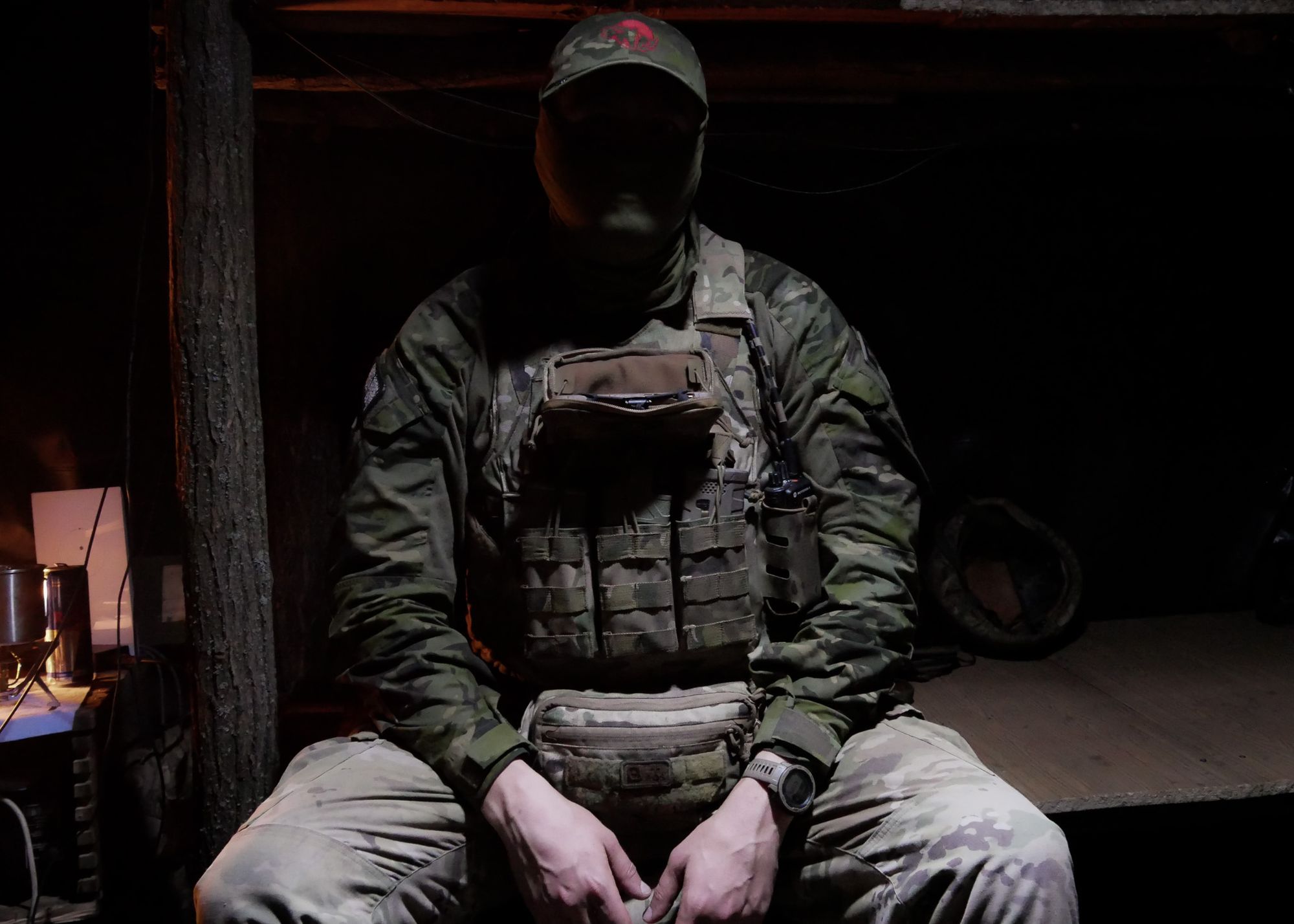
Once the intelligence assessment is over, artillery, tank, mortar, and Grad rockets begin bombarding Ukrainian positions. The Russian assault groups always have enormous artillery support, the soldiers said.
Cluster munitions are also used regularly, according to them.
Artillery stops firing only when Russians are already nearby – leading to a close-range shooting battle.
The Russian assault soldiers can shoot just as well as the Ukrainians, making it an equal fight, according to 59-year-old soldier Dmytro.
Vasyl, a 29-year-old infantryman from Lviv, said it's extremely difficult because Russia often jams the radio connecting the front-line positions to the headquarters during assault operations.
Even if the Russians don't completely shut off the radio network, missing a few words of the command can be detrimental, he said.
"Some information comes in, some doesn't come at all. Every word from the radio is important information," Vasyl said.
While his unit has been able to hold the position thus far, Vasyl said it had taken a heavy toll near Kreminna.
When they arrived at the Kreminna front in March, his unit had 80 infantrymen – though an infantry company should have 100-120 people, according to Vasyl.
And five months into the fighting, the unit had 34 active service members – the rest were killed, severely wounded, or missing, he said.
Denys, an infantryman with the Dnipro Battalion who was also deployed in the area, said the only thing that helps survive is digging deep into the ground.
According to Denys, it's almost impossible to prepare a very good dugout in the forest, and there are other complicating factors as well – rain, mud, and mosquitoes.
"Sometimes, the mosquitoes are more annoying than the Russians," he joked.
"The survival chance of infantry in urban conditions is higher than in the forest," Denys said. "It's easier to be killed in the forest. There is no place to hide."


Fighting with little resources
Russia has outgunned Ukraine throughout the entire war.
Now, with Ukraine concentrating a magnitude of firepower on the southern and eastern fronts, soldiers near Kreminna are facing an unprecedented lack of manpower and fire support.
This leads to stretched hours on the front line – with 59-year-old Dmytro saying that he stood 22 days on the first line of defense without rotation or a proper break.
The assaults and artillery fire are endless. "We defend, they back off, and then again artillery begins working, and it's like that constantly," Dmytro explained.
Vitaly, who helps evacuate the injured, says some of the losses could have been avoided if there were more armored vehicles that could get close to the positions through the forest.
Another problem is with thermal imagers: Each position only has one device, bought by either soldiers or volunteers, while it needs two or three, soldiers say.
The soldiers add that communication appears to be poor, with their own fire support often hitting close to their trenches.
Mortarmen Serhiy and Anton with the 63rd brigade, who are located over a kilometer back, say that it is difficult to hit the required target as Russian infantry stands close to Ukrainian positions.
Aerial reconnaissance is key in this regard, the two point out.
The more fire support the infantry has, particularly heavy artillery, the better they will be protected because the Russians would be afraid to bring their equipment closer, Serhiy said Ukrainian soldiers in all parts of the front line have consistently said they don’t have enough.
Russians, they said, always seem to have an endless supply of men, ammunition, and equipment.
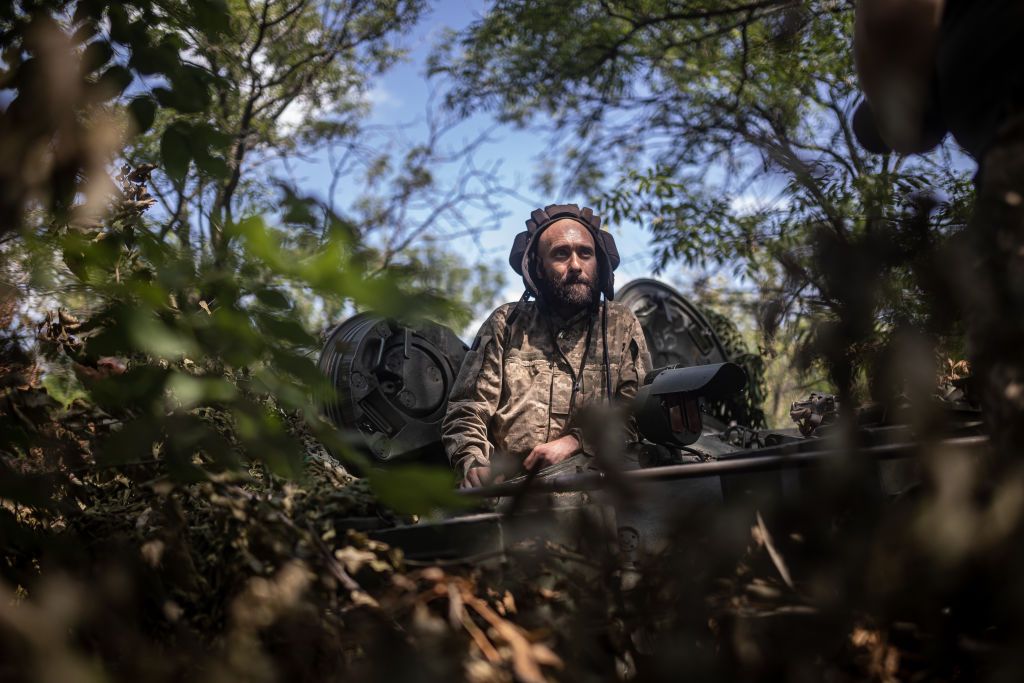
______________________________________________________
Note from the author:
Hi, this is Asami Terajima, the author of this article.
Thank you for reading our story. Despite fending off intensifying Russian offensive with limited resources, the way the soldiers supported each other touched my heart. To help the Kyiv Independent continue telling stories that may otherwise be untold, please consider becoming our supporter.





